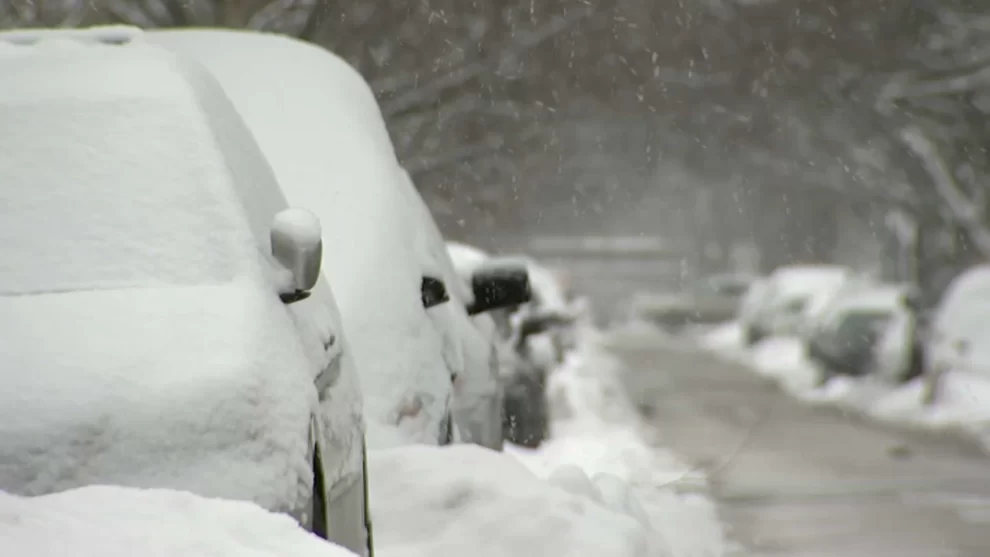It may still be the middle of summer, but as any good Midwestern is wont to do, thoughts of what the region could face this winter are already coming to the forefront.
The latest publication to tackle that question is the Farmer’s Almanac, who recently released their 2023-24 extended winter weather forecast.
In that forecast, the Almanac called for above-average precipitation, coming in the form of frequent snowstorms as well as in a variety of types of precipitation, both liquid and frozen.
What’s more, they also called for below-average temperatures in the Midwest this winter.
The Farmer’s Almanac cites a variety of factors they use in formulas to determine their weather projections, including sunspot activity, tidal action of the moon, and a variety of other factors.
The publication claims a success rate of 80-to-85% with their predictions.
These predictions are polar opposites (pun intended) of what the National Weather Service’s Climate Prediction Center is currently showing in their long-range forecasts.
Those models are “leaning” toward warmer-than-normal temperatures in the Midwest between the months of November and January, and are undecided on whether precipitation levels will be above or below their normal ranges.
For meteorological winter, which runs from Dec. 1 to Feb. 29, models are leaning toward above-average temperatures and toward below-normal precipitation.
Those predictions align with what typically happens in the Midwest during an El Niño event, according to researchers at the University of Illinois.
Typically, the state of Illinois and the upper Midwest see warmer temperatures during an El Niño, especially in the fall and winter, and also see below-average levels of precipitation.
Last winter, Chicago’s temperatures were significantly above normal, as were its levels of liquid precipitation. The average temperature in the city between December and February was 31.8 degrees, 3.7 degrees above normal.
The city saw 8.59 inches of liquid precipitation, 2.52 inches above normal, and 16.8 inches of snow, more than a foot below normal snowfall totals for the season.
Source : nbcchicago.com





































